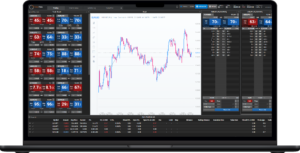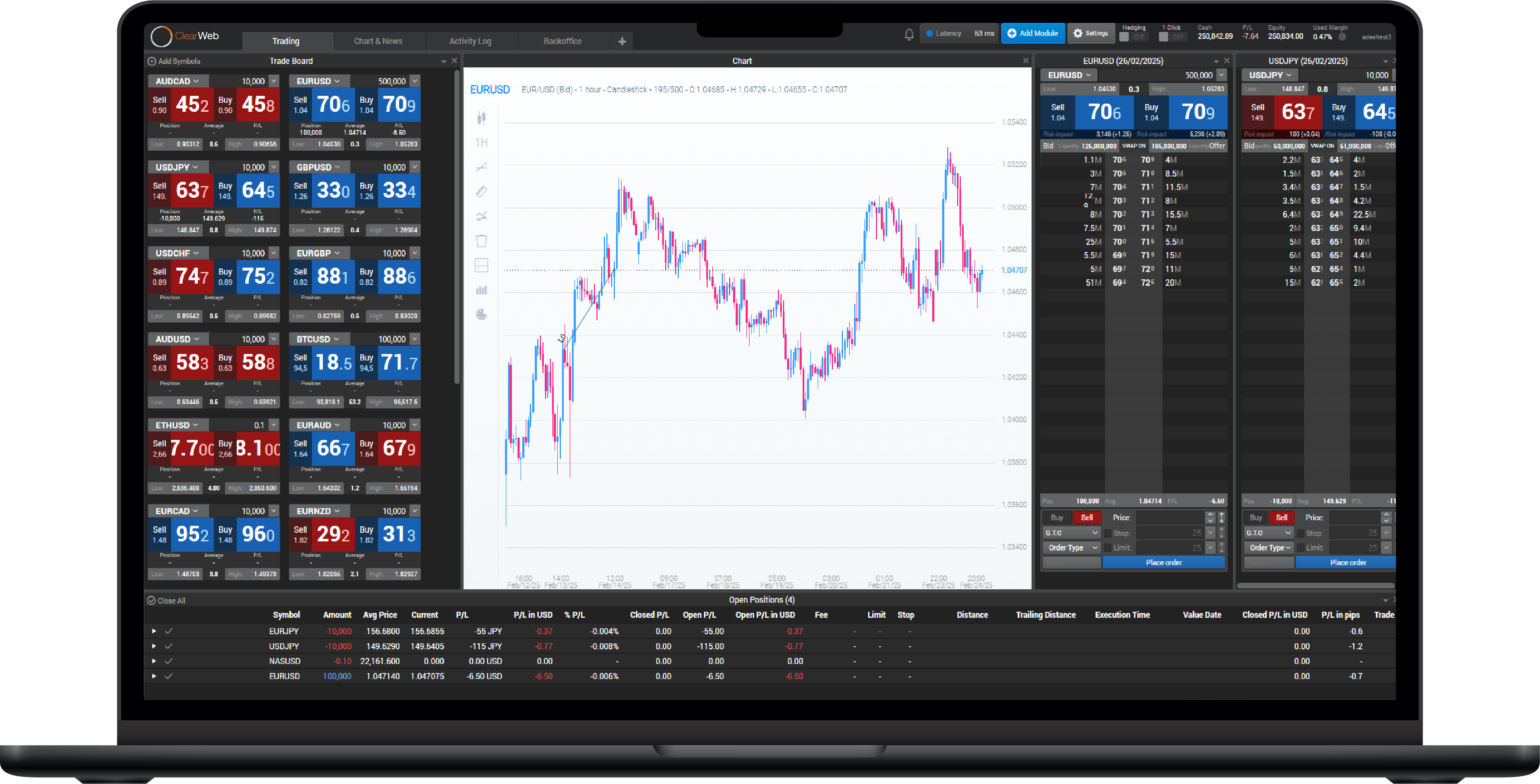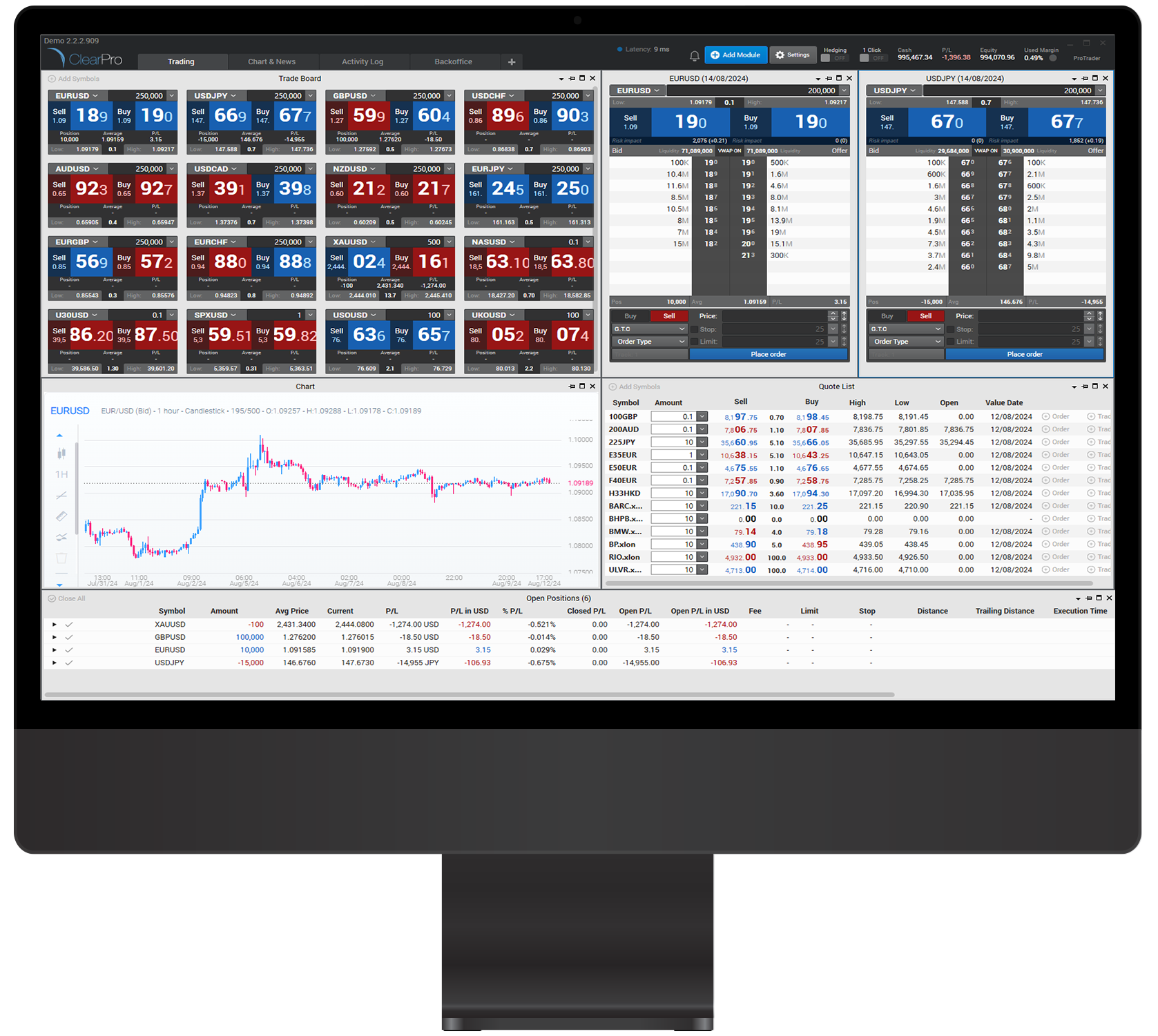The world’s markets, your way.
The Finalto Difference
Finalto is an award-winning financial services provider specialising in liquidity, risk management and world-class financial technology. Through our deep expertise and advanced technology, we offer customised solutions that connect our clients to global markets, seamlessly.
We deliver best-in-class liquidity, execution and prime broker solutions across multiple asset classes cross-margined on a single account.

We’re Trusted
An award-winning global provider
We’re Trusted
An award-winning global provider



Finalto’s Technology
Financial software that supports your business strategy.
Our in-house development team is continually refining Finalto’s integrated award-winning fintech platforms, including ClearPro, ClearWeb, ClearMobile and FIX Connectivity.
Finalto’s Technology
Financial software that supports your business strategy.
Our in-house development team is continually refining Finalto’s integrated award-winning fintech platforms, including ClearPro, ClearWeb, ClearMobile and FIX Connectivity.
Get in Touch
marketing@finalto.com
Telephone: +44 (0) 203 4558 750
Fill in the contact us form and we’ll be in touch.
























